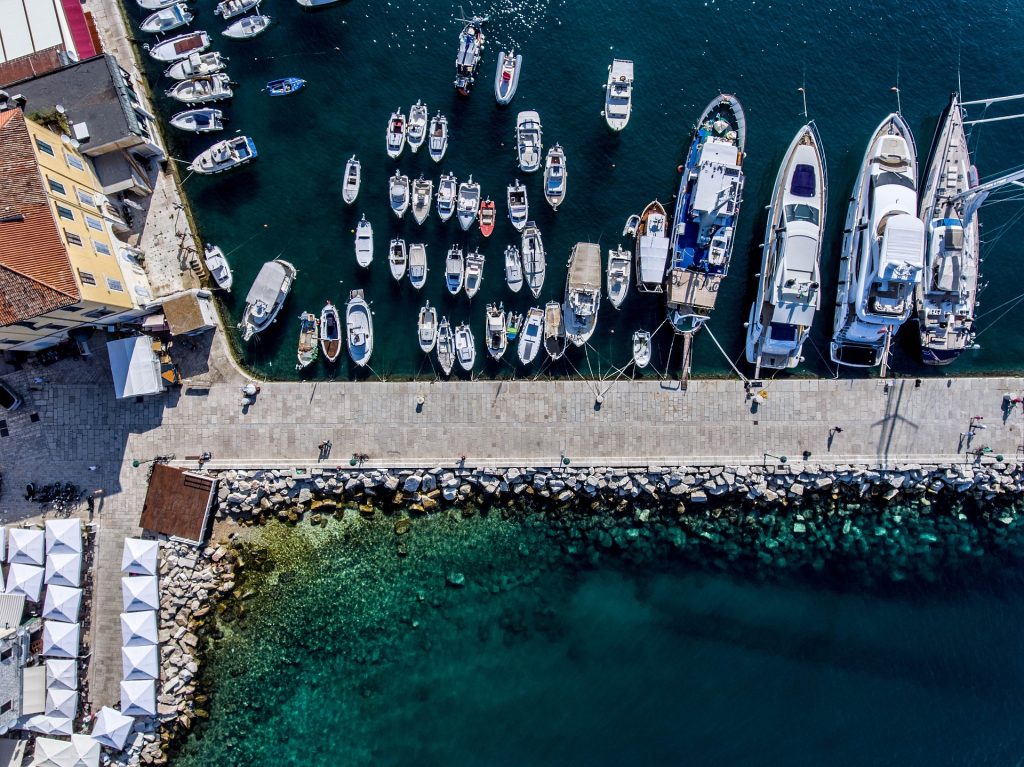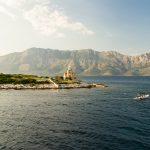August the 5th, 2023 – The Italians typically love a quick trip across the Adriatic to Croatia for Ferragosto, but it appears that they’re changing their habits, representing yet another alteration for Croatian tourism.
As Poslovni Dnevnik writes, Grazie Croatia! or Hvala Hrvatska! was published by various Italian media outlets back in mid-July, indicating that inflation and Croatian Eurozone accession have seen prices in Croatia shoot up, and this is why Italians are choosing to holiday in their own country.
In the text published by Corriere della Sera, it is stated, among other things, that the introduction of the euro in Croatia brought about the same scenario as in Italy twenty years ago.
The situation in Italy isn’t fantastic either…
The current situation in our neighbouring country isn’t so rosy either. The Italian market has been struggling to an extent for years for a number of reasons now, primarily owing to the general weakening of economic power as well as their imperfect political situation. It is interesting to note, however, that this year, in Istria and Kvarner, there’s been a noted increase in Italian arrivals. While worthy of note, it’s far from the numbers seen back during the times when Italian tourists enjoyed their traditional Ferragosto in Croatia.
Now Croatia is closer to them in the geopolitical sense, as Schengen entry has scrapped the former border. The change could be seen this past winter and spring when Italians would come to the Northern Adriatic for just one day.
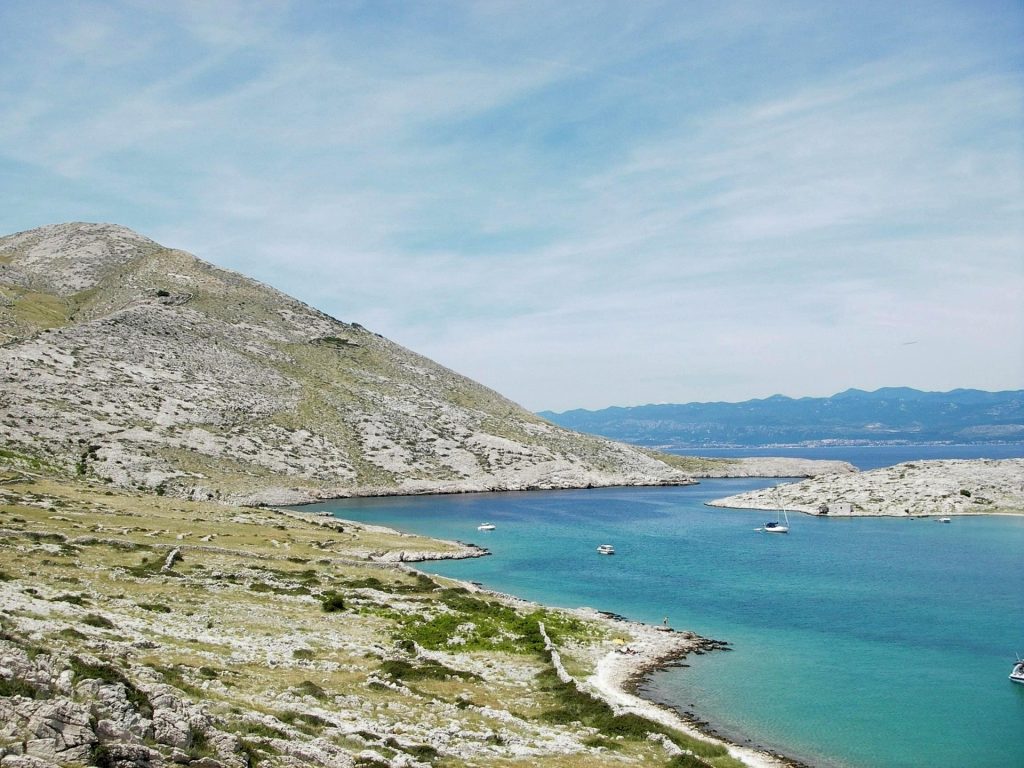
Shorter trips thanks to Schengen
The question of how the Italian market is managing this year and what kind of Ferragosto is expected, if it still exists at all, was posed to Viviana Vukelic, the director of the Croatian National Tourist Board (HTZ) Representative Office in Milan.
The classic Ferragosto, as we always knew it, no longer exists”, said Vukelic, noting that Italians come to Croatia during spring and autumn, which is also visible in the realisation of Croatian tourism traffic from this market.
In the current part of the year, 1.7 million arrivals and 11.4 million overnight stays were realised from the Italian market, which represents growth of one percent in terms of both arrivals and overnight stays when compared to the same period last year. The trends in Italy are currently shorter trips spaced throughout the year, which represents a big shift for Croatian tourism in general.
“This year, Italians also travelled to their coast in July, when there were more favourable offers to be had. With regard to inflation on a global level and the fact that the cost of living has risen, in such situations, priorities are rearranged and thus travel decisions are made, which this year will be more last minute than ever. On top of all of that, the numerous weather events that have affected the north of Italy in the past fifteen days should also be taken into account,” she noted. Vukelic also added that Italians are also on the hunt favourable offers for Ferragosto, but also follow the weather forecasts.
Italian interest in Croatia is now mostly for nautical tourism
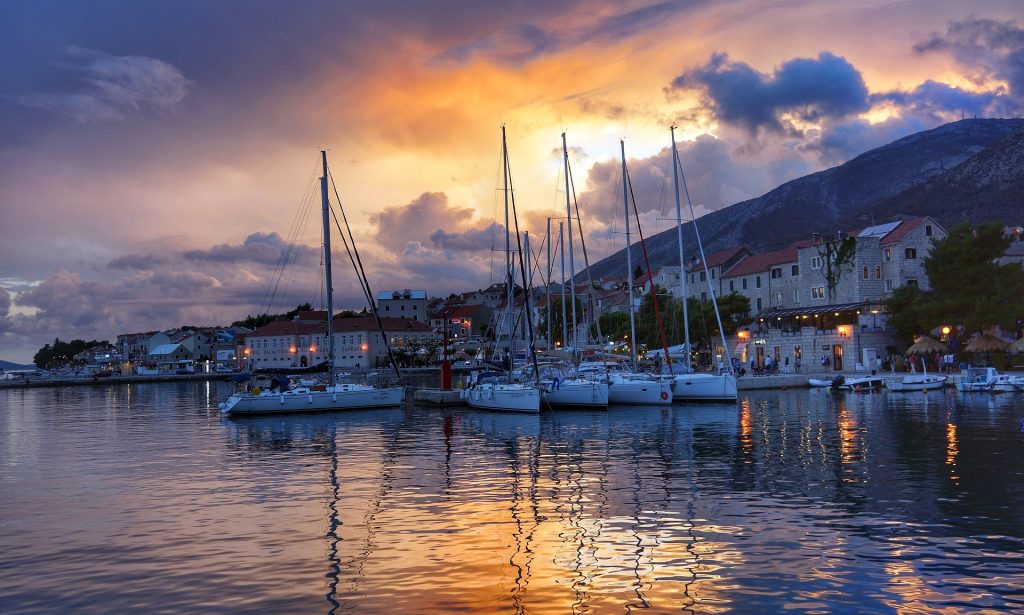
Vukelic added that there is Italian interest in Croatian tourism, but this is mostly in the nautical tourism offer. According to the SamBoat platform, which is the leading platform in Europe for renting boats with or without a skipper, almost all of the Top 10 Italian favourites are actually located within Italy. There are only three countries picked as favourites, among which Croatia continues to be the most popular. Sardinia, Croatia and Campania, especially with the coasts of the provinces of Naples and Salerno, top the list, followed by destinations in Sicily, Greece, Tuscany, Liguria, Ibiza, Ponza and off the coast of Venice.
Italy also suffered a very intense heatwave this summer, there were also fires that raged especially in the south of the country, as well as violent storms in the north. Such high temperatures proverbially heated up the political waters as well. German Minister of Health Karl Lauterbach tweeted that the heatwave in Italy was astonishing and that, if this continues, these holiday destinations aren’t going to have much of a long-term future. Clearly, the Germans listen to their government, and some Italian agencies reported that every second German decided not to bother with holidaying in Italy.
The lack of German interest and too much sun aren’t the only problems currently being faced by the Italian tourism sector. An unfilled August, followed by a strong wave of last minute offers after this season’s price increase managed to get the Italian tourism sector back on its feet – at least somewhat. Italian media outlets have been full of headlines for the past week or two about how there’s still free capacities in their coastal destinations. Another story is that the cities are being filled up the most by guests from distant markets such as the USA and China. Inflation, of course, also plays a significant role. Prices have increased, and domestic flight costs in particular stand out. At the moment, an air trip from Milan to Sardinia costs more than some intercontinental flights.
A very tough season…
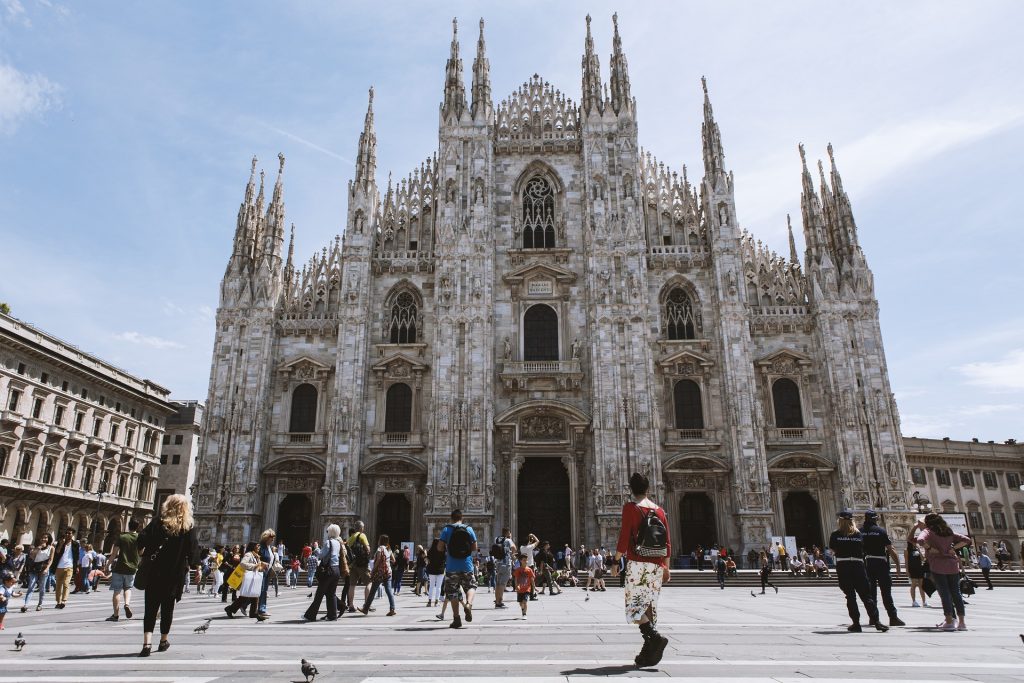
Last week, Massimo Diana, the sales director of the Italian agency Ota Viaggi, which specialises in Italian coastal destinations, told the press that from January to March, the Italian tourism sector enjoyed some incredible numbers in terms of bookings, apparently driven by early reservations.
“These were numbers that we’d never seen before and that led to false confidence, euphoria, a slightly distorted vision and wrong predictions. It’s a real soap bubble, which forces us to deal with the sufferings of August, where we’re facing the diametrically opposite situation,” said this Italian tourism employee.
Massimo Diana also statesdthat there are several factors that are resulting in problems starting with the opening uo of all destinations, especially Egypt. This is combined with the great desire of the Italians to cross their national borders and go elsewhere. Other Italian agencies are also complainingabout the gaps in July and August.
“The crowds that we saw in July are no longer there, they cause a certain “psychosis” among those who sit scratching their heads and wondering: what’s happening here? There’s still a lot of available capacities for August and, if we look only at the very high season, we can see that we’re travelling with fewer passengers than before the pandemic”, Bluvacanza network director Antimo Russo said.
Greece and Spain are more desired than Croatia
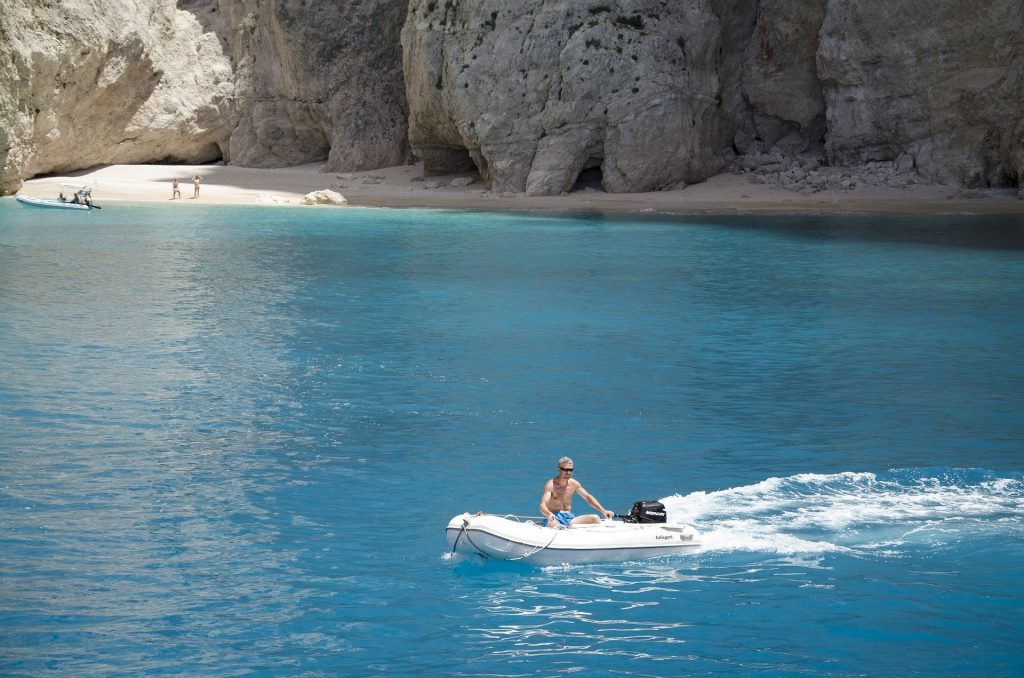
In TTG’s analysis of where Italian tourists travel, a statement was made by Isabel Garaña, the director of the Spanish Tourist Board in Milan, who said that Spain had seen 35.7 percent more Italians by May than in the same period in 2022, and 1.8 percent more than in 2019, which was an excellent tourist year for that country.
The Hellenic Hotel Chamber said that reservations from Italy to Greece “showed a positive trend and the prospects for 2023 are already higher than they were back in 2022 in terms of Italian arrivals and traffic”.
In the first three months of this year, Malta, for which Italy is the strongest market, recorded a significant increase in volume compared to the pre-pandemic year of 2019, with growth continuing throughout April and May.

